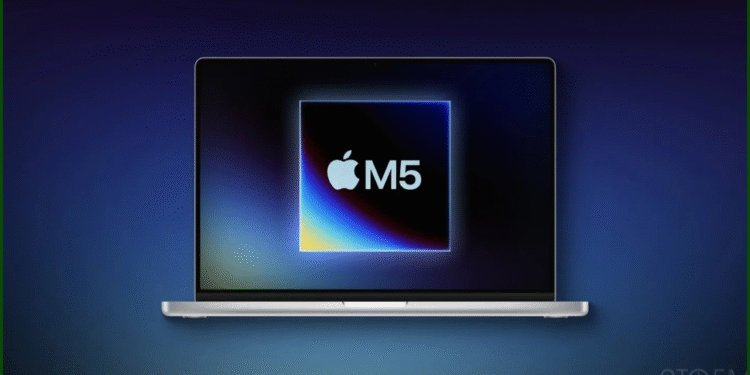Apple is gearing up to unveil its next iteration of the MacBook Pro later in 2025, introducing the M5 chip series to its premium laptop lineup. This update, while not a complete redesign, promises to deliver enhanced performance and efficiency for professionals and enthusiasts alike. Here’s a breakdown of what’s coming, based on the latest industry insights.
M5 Chip Series: Incremental Power Boost
The 2025 MacBook Pro models, available in 14-inch and 16-inch sizes, will be powered by Apple’s new M5, M5 Pro, and M5 Max chips. These chips are manufactured using TSMC’s advanced 3nm N3P process, which offers improved efficiency over the technology used in the M4 series. While the performance improvements are expected to be modest, they will likely enhance tasks like video editing, 3D rendering, and AI-driven workflows, aligning with Apple’s focus on on-device machine learning.
The M5 series is designed to maintain Apple’s reputation for seamless integration of hardware and software, ensuring smooth operation for demanding applications. Additionally, the chips are expected to support at least 16GB of unified memory as standard, catering to the needs of modern multitasking and AI-enhanced tasks.
No Design Changes for 2025
Fans hoping for a visual refresh may need to wait a bit longer. The 2025 MacBook Pro is expected to retain the same sleek chassis as its predecessors, with no major aesthetic or structural updates. Apple appears to be saving its bold design innovations for 2026, when rumors suggest a thinner, lighter MacBook Pro with an OLED display could debut, offering richer colors and deeper blacks compared to the current mini-LED panels.
Potential Connectivity Upgrade: Wi-Fi 7
One area where the 2025 MacBook Pro might see a notable improvement is connectivity. Industry speculation points to the inclusion of Wi-Fi 7, which promises faster speeds and lower latency than Wi-Fi 6E. This upgrade would future-proof the MacBook Pro for high-bandwidth tasks like streaming, cloud computing, and large file transfers. Apple’s decision to skip Wi-Fi 7 in the M4 models makes its potential inclusion here a logical step.
Launch Timeline and Ecosystem Integration
Apple typically announces new MacBook Pro models in the fall, and the M5-powered lineup is expected to follow this tradition, likely debuting in October or November 2025. The launch may coincide with the introduction of an M5-powered iPad Pro, creating a cohesive ecosystem of devices optimized for Apple’s latest silicon.
The M5 MacBook Pro is also expected to integrate tightly with macOS updates, potentially introducing new features tailored to the chip’s enhanced AI capabilities. This could include improvements to tools like Siri, Final Cut Pro, and other Apple Intelligence-driven applications.
Should You Upgrade in 2025 or Wait?
Deciding whether to buy the 2025 MacBook Pro depends on your needs. If you’re using an older MacBook or need a reliable, high-performance laptop for professional work, the M5 models will offer a solid upgrade with improved efficiency and power. Current M4 MacBook Pro owners, however, may find the incremental gains less compelling, especially with a major redesign rumored for 2026.
Alternatively, if you’re in the market now, discounted M4 MacBook Pro models could be a cost-effective option, offering near-comparable performance for a lower price. For those chasing cutting-edge design and display technology, holding off until 2026 might be the smarter play.
Looking Ahead
The 2025 MacBook Pro with M5 chips represents a steady evolution rather than a dramatic leap forward. Apple’s focus on refining its silicon and maintaining ecosystem synergy ensures that these laptops will remain powerhouses for creative and technical professionals. While the lack of a design overhaul may disappoint some, the promise of Wi-Fi 7 and enhanced performance makes this refresh a worthy consideration for those seeking a dependable, future-ready machine.
Stay tuned for Apple’s official announcement later this year, which will likely shed more light on the M5 MacBook Pro’s capabilities and any surprise features Apple has in store.


















































